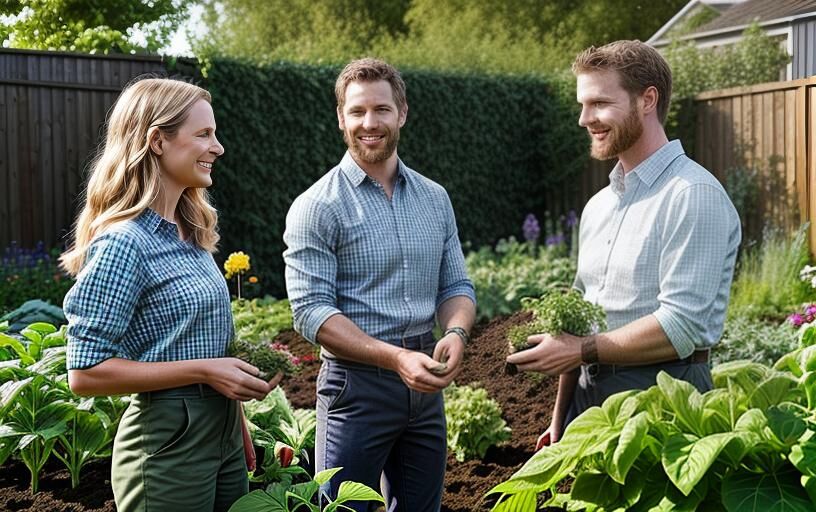
Part 1: The World Has Changed—And So Must We
A look at the global and local factors driving the homegrown food movement
If the last few years have taught us anything, it’s that our food systems are more fragile than we realized. From climate extremes to shipping delays, inflation, and global conflict—our grocery store shelves are now a mirror reflecting instability on a global scale. And it’s 2025. We can’t afford to ignore the writing on the wall any longer.
Here’s the truth: our industrial food system wasn’t built for resilience. It was built for mass production, profit margins, and shelf life—not freshness, nutrition, or sustainability.
Meanwhile, we’re seeing:
• Soaring grocery costs with fewer nutrient-dense options
• Massive food waste, while communities go hungry
• Supply chain breakdowns that leave essentials hard to find
• Climate change impacting farms and harvests across the globe
We’re not sharing this to scare you—we’re here to empower you. Because while big systems creak and groan under pressure, something powerful is rising in backyards, patios, and community spaces across the country:
🌱 A return to growing our own food.
It’s not just a trend—it’s a movement. It’s not about going off-grid or becoming a survivalist. It’s about reclaiming your right to fresh, local, nutritious food. It’s about putting your health, your family, and your future in your own hands—and a little bit in the soil too.
